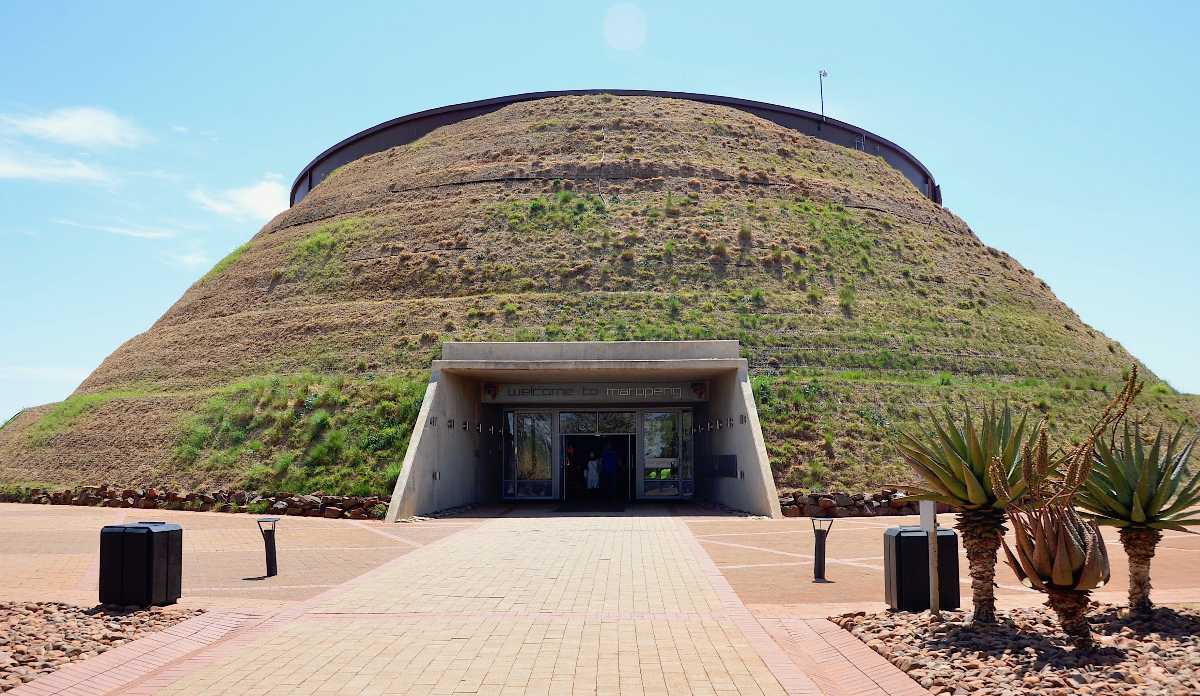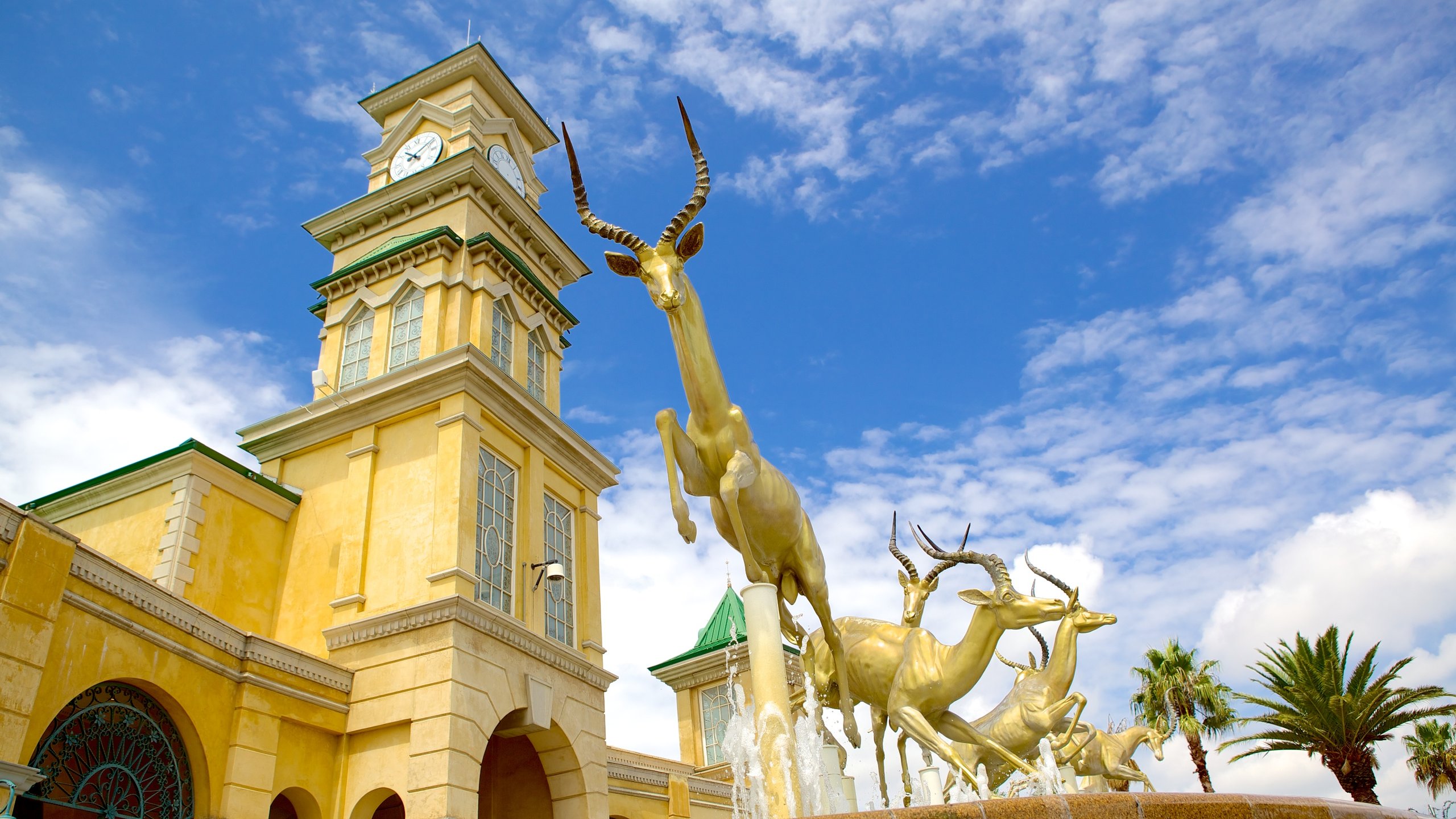All About Johannesburg North Attractions
Table of ContentsThe Basic Principles Of Johannesburg North Attractions The 9-Second Trick For Johannesburg North AttractionsJohannesburg North Attractions Fundamentals ExplainedThe Ultimate Guide To Johannesburg North AttractionsJohannesburg North Attractions Can Be Fun For AnyoneThe 4-Minute Rule for Johannesburg North AttractionsA Biased View of Johannesburg North Attractions
You ought to maintain security in mind and vacationers need to continue to be sharp at all times when in unknown environments. Talk to the citizens when you are in community to discover the location you are remaining in. Johannesburg North attractions. When on the street (this doesn't relate to mall and other safe and secure settings) best basic guidance is to attempt your best to look like a regional and to stay clear of displaying any kind of form of riches
Johannesburg North Attractions Things To Know Before You Get This
Teacher Revil Mason O. J. (Thomson, 1946) checked out the Witwatersrand's pre-colonial background. His historical work blew up the 'em pty land' misconception, according to which the region was without human habitation before the arrival of European settlers. In his magazines Prehistory of the Transvaal: A Record of Human Activity (1962) and Beginnings of Black People of Johannesburg and the Southern Western Central Transvaal AD 3501880 (1986 ), Teacher Mason demonstrated the degree of social and economic growth in the area before Europeans set foot here.

A Biased View of Johannesburg North Attractions
He showed the federal government's approval, given after he had vouched to keep his discoveries secret. In 1874, small-scale mining procedures were begun in the Magaliesberg, where an Australian, Henry Lewis, had found gold deposits. In 1878, David Wardrop found gold in quartz veins at Zwartkop, north of Krugersdorp. In 1881, Stephanus Minnaar discovered gold on the farm Kromdraai, near the Cradle of Humankind.
In March 1886, a protrusion (quickly to be called the Main Coral reef) was located, rather fortuitously, on Gerhardus Oosthuizen's ranch Langlaagte. Some say that the Lancastrian coal miner George Walker found this coral reef. An additional itinerant English miner, George Harrison (who had actually previously functioned in Australian mines) acquired a prospecting permit in regard of Langlaagte in May 1886.
He made a decision to move on in a pursuit for greener pastures, and disposed of his Langlaagte case for the baronial amount of 10. Alas: underneath lay the richest goldfield ever located. The exploration of this rich auriferous reef provoked a gold thrill that signalled completion of agrarian tranquillity in the southerly Transvaal.
It would certainly, within 6 years, become the biggest town in southern Africa. Within a decade, it would certainly make the Z. A. R. up until then an anarchical and bankrupt little state the most affluent country in Africa. By the turn of the century, the Z. A. R. was to exceed Russia, Australia and the United States of America to become the globe's leading gold producer, producing even more than a quarter of the world's gold.
Johannesburg North Attractions - An Overview
It was referred to as Ferreira's Camp, called after Colonel Ignatius Ferreira. He was a Boer adventurer upon whom the British authorities had presented the status of Friend of one of the most Identified Order of St Michael and St George (entitling him to the post-nominal letters C. M. G.) in gratefulness for his duty in the battle that had deposed the Pedi king Sekhukhune in 1879.
Two various other camps were developed: Meyer's Camp on the ranch Doornfontein, and Paarl Camp. The latter was nicknamed Afrikander Camp; numerous individuals from the pop over to this site Cape Colony resolved there.

Not known Factual Statements About Johannesburg North Attractions
This name acquired currency by word of mouth, such that the State Secretary attested the name to the Mining Commissioner on 9 October 1886. Stands in the village were auctioned on 8 December 1886. While some stands were cost 10, others were torn down for just sixpence.
2 years later on, these erven were to transform hands for as much as 750 each. The tented camps diminished as a dorp of corrugated iron imp source structures developed and broadened north of the mines situated along the Key Reef Roadway. Areas such as Jeppe's Town (where working-class immigrants erected their dwellings) and Doornfontein (where the upscale brand-new 'Randlords' began to create their opulent homes) were quickly included in the ever-expanding map of the community.
How Johannesburg North Attractions can Save You Time, Stress, and Money.
Apart from the road names, there were no indications of Johannesburg being positioned in a Dutch-speaking country., almost everyone spoke English and also the Federal government slaves addressed one in English, unless they were first attended to in the Taal (or Low Dutch)'.
Britain had a passion in making certain optimal problems for gold production on the Witwatersrand, and that the gold was exported to London rather than Berlin an important rendered all the extra clamant by the Z. A. R.'s increasing toenadering with Germany. Mine owners were on a clash with President Kruger, whose policy of monopolistic giving ins (usually provided to his cronies) protected against mining firms from procuring products of materials (specifically dynamite) and work on their own, less costly terms
Some Known Questions About Johannesburg North Attractions.
In 1890, the Volksraad had limited the why not check here franchise business to white men who had actually lived in the Z. A. R. for fourteen years or longer, thus disqualifying a lot of the immigrants (that occurred to be the significant contributors to the fiscus). Nonetheless, agitation for the vote was a simple pretense for promoting a different schedule; most uitlanders concerned themselves as short-term site visitors and had no objective of continuing to be in the Z.